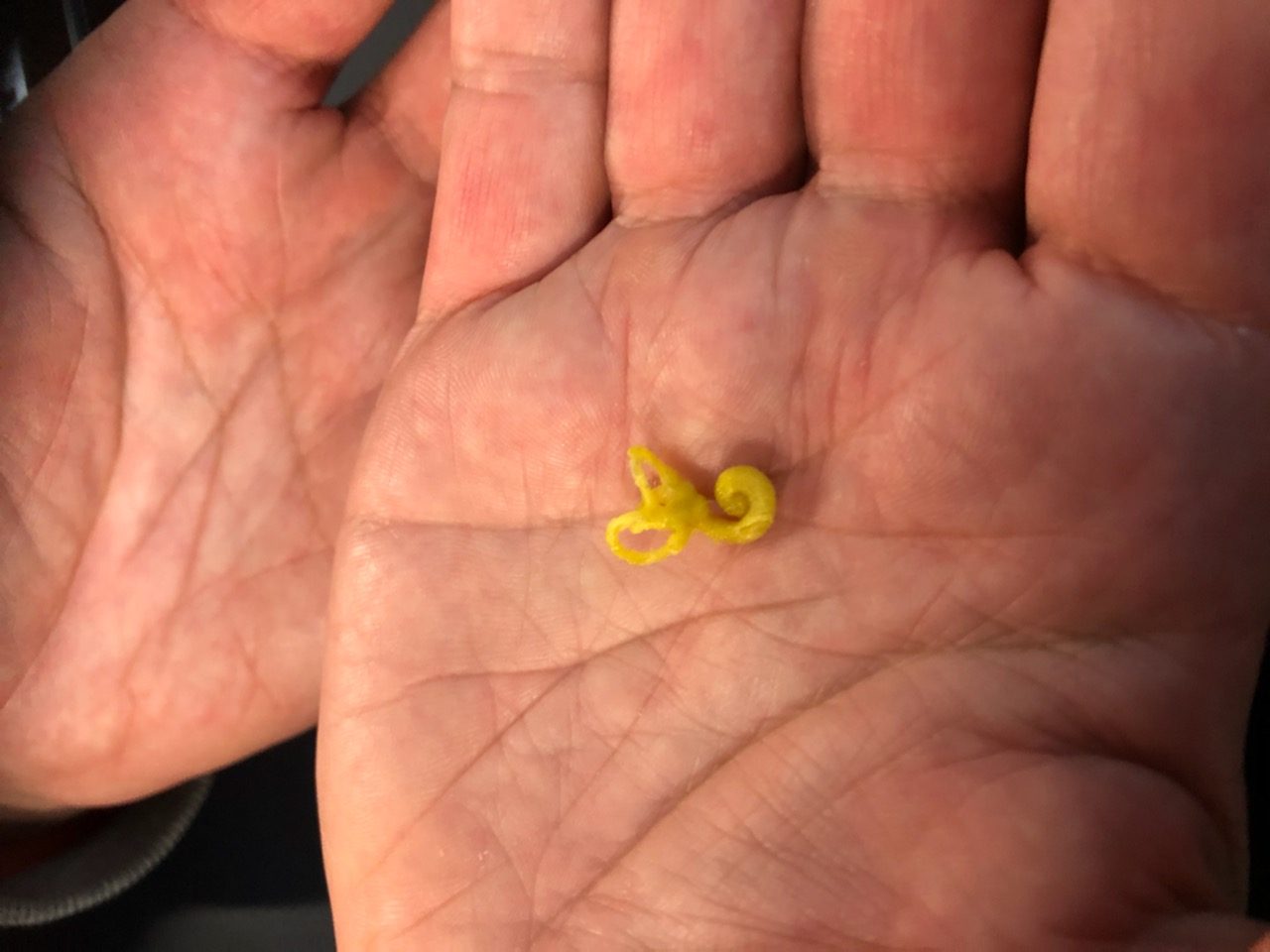Although vertigo is something that many therapists and doctors claim to treat, the truth is, it is a very complex pathology and requires a proper diagnosis to be managed effectively. After recently completing an advanced and intensive vertigo seminar, it’s easy to understand why vertigo is so poorly managed and why so many people suffer when there really is a solution that works.
If your medical professional has not provoked your vertigo in the clinic, they are unable to diagnose the cause and at best may accidentally stumble across the solution. The trouble for most vertigo sufferers is that this can cause an aggravation of symptoms without helping and often means most people with vertigo believe they must simply live with it. So if you have been told it’s vertigo and you haven’t been examined, chances are you have been misdiagnosed. Or if you have had a treatment that failed, it is likely that the health professional got the diagnosis wrong.
The most common cause of vertigo B.B.P.V (Benign positional paroxysmal vertigo) has an estimated incidence of over 10% in the population over our lifetime. This also accounts for over 50% of vertigo in people who are over 50 years of age and is more likely to affect women.
Usually, B.P.P.V comes on suddenly when changing position and the episodes last seconds to minutes. It can pass over a few days to weeks, however, the symptoms can be so severe that patients desperately seek assistance. Sometimes the symptoms may reoccur and/or cluster and some patients can have symptoms for years only to find out that there is a simple and easy way to treat it.
BPPV is caused when small deposits called otoliths become stuck or dislodged inside the semicircular canals found inside your inner ear and the temporal bone of your skull. These canals have an intricate design that acts as a fluid-filled gyroscope controlling the position of your eyes and your balance.
For some people early degenerative changes have been described as a potential cause as has osteoporosis, causing the otoliths to break off the wall and float inside the canal. For others, it may be something as simple as a sudden movement a dentist appointment or combing their hair.
Due to the complexity of the anatomy, specialised diagnostic movements must be performed to identify which side and which canal is causing vertigo. The technique to correct a B.P.P.V take a few mins and when performed correctly will see a resolution in symptoms very quickly. Sometimes a second session is required as a follow-up, but this is precautionary or for complex and rare cases.
Unfortunately during the consultation, we must provoke the symptoms and although this sounds terrifying, it is the best way to know we are on the right track and offers you the best outcome.
If you are or know someone who is suffering from vertigo and is still waiting to find something that helps, book in to see me and stop suffering or get advice to get you back in balance.





Leave A Comment